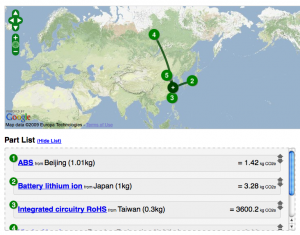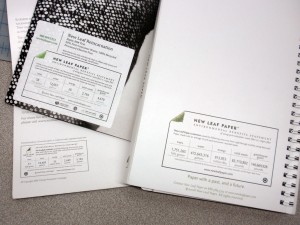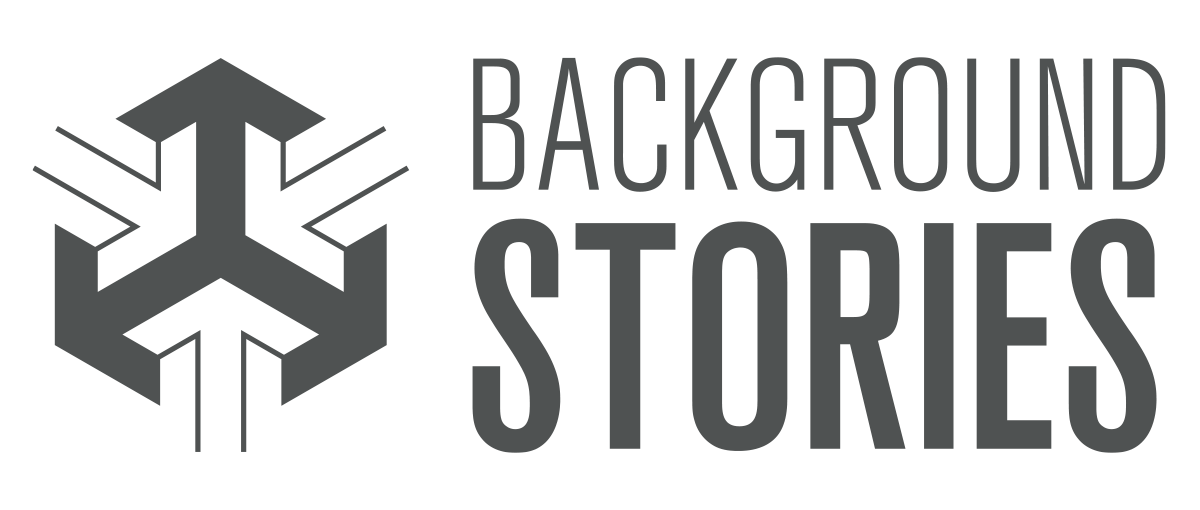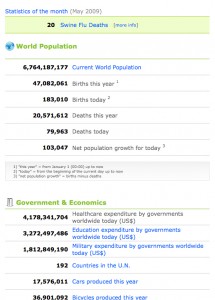Pranav Mistry combines standard, everyday gestures with digital information. His solutions -which include the SixthSense wearable computer – have potential to bring real transparency into sustainability, and enable people to literally immerse themselves in their own ecological footprints. Continue reading
Tag: Tech
Carbon Footprinting Transit
Twin Cities Metro Transit now links carbon footprint data with bus schedules when you plan a trip online.


The website averages bus CO2 emissions over the distance of your journey to show the visitor what positive impact they can contribute (in terms of carbon saved) for each public-transit journey made.
This is a great tool to help consumers understand the impact they have as an individual – even if the results are a bit ambiguous (it’s highly doubtful that most consumers understand what 6.2 lbs of CO2 means – and unfortunately no comparison is provided to help them put it into context).
Tracing A Box’s Life
Colombia Sportswear is asking you to ‘Consider the box’ with their project: A Box Life. A Box Life brings awareness to an often-overlooked part of mail-order products’ life-cycles: the packaging.

Not only is it a clever way to encourage people to reuse packing materials, but telling the stories behind the travels of things also acts as a tool for transparency, and reminds consumers of how individual actions impact sustainability.
read more: Springwise
Sourcemap for product ingredients
Sourcemap, developed by an MIT-based team, uses Google Earth to map the origins of materials in products. A view inside the open-source application also showcases each ingredient’s carbon footprint – which I hope is an indication that it is only a matter of time until tools like this will expand to highlight other Life-Cycle Analysis data.

This tool does a great job communicating that ‘ingredients’ in our products are connected to the world around us. As a next step, it would be great to show the carbon impacts in terms that are relevant to consumers – ‘showing’ what the quantity means rather than just stating the number. And to tell more of a story to help consumers frame these big-picture ideas within their everyday experience.
Next Gen Barcode
A new type of barcode is coming.
As announced by a recent BBC Technology article, the tiny (3mm) bokodes can contain a much more information than traditional barcodes, or even other digital cousins like qr-codes.The codes use light and reflection to contain code, and will be readable by a standard cellphone camera.

The truly interesting part of this technology is the ability to send different information out to different directions. For example, viewing a product’s bokode head-on could tell you different details than a product further which you’re not looking directly at further down the aisle.
Bokodes are yet in development stage, but they are a strong indication of technologies emerging to make information on transparency accessible to the everyday consumer.
Turning over a New Leaf (paper)
The New Leaf paper eco-audit is a well-thought out tool that communicates transparency, and -in a beautiful way- helps the end consumer understand the sustainability-positive impact of using a specific paper.
The eco-audit provides a place for data on resources that have been saved throughout the life-cycle of New Leaf’s paper (as compared to the industry standard). The eco-audit profiles the quantity of ‘saved’ trees, water, energy, solid waste and greenhouse gases. And an online portal allows companies to customize the quantities for their own print-jobs.

Customizable background stories supported by sustainability statistics- what isn’t to love? A bit more visual reference could be incorporated into the eco-audit label, or the concept could have some accompanying publicity or other materials that really bring this idea to (visual) life. This may include developing an application to show comparisons online, or supplementing the numbers with visual representation. I -for one- would like to see what an expanse of 118-saved trees actually looks like. Or a comparison to how many swimming pools 50,178 gallons would fill.

